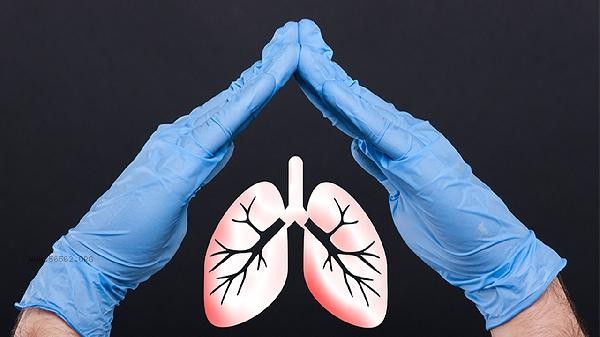The survival period of tumors compressing the superior vena cava usually ranges from several months to several years, depending on the tumor type, stage, treatment response, and individual differences. Superior vena cava syndrome is often caused by malignant tumors such as lung cancer and lymphoma, and may be accompanied by symptoms such as difficulty breathing and facial swelling. When malignant tumors compress the superior vena cava, untreated survival may be shorter. Patients with small cell lung cancer can achieve a median survival of 6-12 months through chemotherapy combined with radiotherapy. When targeted therapy is effective for non-small cell lung cancer patients, the survival period may be extended to 1-3 years. Lymphoma patients are sensitive to chemotherapy, and some may achieve long-term survival. When benign or slowly growing tumors compress the superior vena cava, the survival period is usually not significantly affected after surgical decompression.

Acute superior vena cava syndrome requires emergency treatment to alleviate symptoms, such as stent placement or radiation therapy. Chronic progressives can control tumor progression through systemic therapy. When the patient's physical condition is good and they are sensitive to treatment, the prognosis is relatively optimistic. Merging with other organ metastases or severe underlying diseases may shorten survival. The impact of age on survival is smaller than that of tumor biological behavior and treatment sensitivity.

It is recommended that patients seek medical evaluation as soon as possible and clarify the nature and extent of the tumor through imaging examinations. A multidisciplinary team will develop personalized plans based on the type of pathology, including radiotherapy, chemotherapy, targeted therapy, or immunotherapy. During the treatment period, it is necessary to monitor changes in symptoms and promptly address complications such as thrombosis. Maintaining nutritional support and moderate activity can help maintain quality of life. Regular follow-up can dynamically evaluate the efficacy and adjust the plan.









Comments (0)
Leave a Comment
No comments yet
Be the first to share your thoughts!